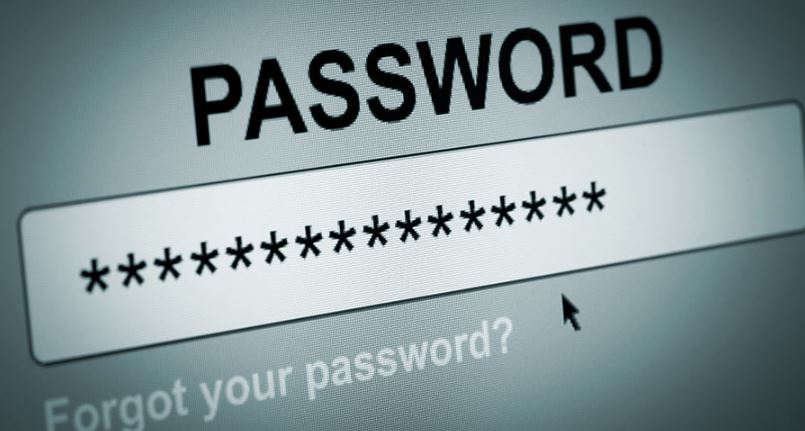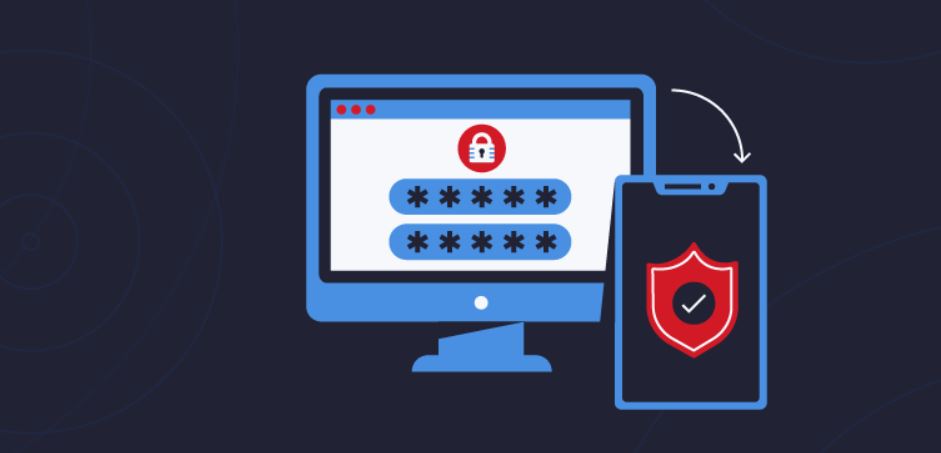In today’s digital world, passwords serve as the first line of defense against cyber threats. With the increasing number of online attacks, secure password management has become crucial for protecting personal and professional data. This article explores best practices and tools for enhancing password security and preventing unauthorized access.
Why is Secure Password Management Important?
🔹 Protects accounts & personal data – Strong passwords prevent unauthorized access to sensitive information.
🔹 Reduces hacking risks – Unique passwords for each account help mitigate breaches.
🔹 Prevents cyberattacks – Weak or reused passwords make accounts vulnerable to phishing, brute-force attacks, and credential stuffing.

Strong and Secure Password
Best Practices for Secure Password Management
✅ 1. Use Strong & Unique Passwords
- Create passwords with at least 12 characters, combining uppercase, lowercase, numbers, and symbols.
- Avoid common words or personal details that hackers can guess.
- Use different passwords for each account to prevent domino-effect breaches.
✅ 2. Use a Password Manager
A password manager securely stores and generates strong passwords for all your accounts.
- Choose a reputable password manager with end-to-end encryption.
- Install the tool on all devices for easy access.
- Store all passwords in a secure vault, protected by a strong master password.
✅ 3. Enable Two-Factor Authentication (2FA)
2FA adds an extra layer of security beyond passwords.
- Enable 2FA for key accounts (email, banking, social media).
- Use authentication apps like Google Authenticator or Authy instead of SMS-based codes.
✅ 4. Regularly Update Passwords
Changing passwords periodically helps reduce security risks.
- Update every 3 to 6 months for high-risk accounts.
- Use password generators to create new, secure credentials.
✅ 5. Beware of Phishing Attacks
Hackers use deceptive emails and fake websites to steal passwords.
- Avoid clicking on suspicious links in emails or messages.
- Verify sender authenticity before entering login details.

Final Thoughts
Secure password management is essential for protecting your online identity and preventing cyber threats. By following these best practices, you can significantly reduce the risk of data breaches and enhance your digital security.